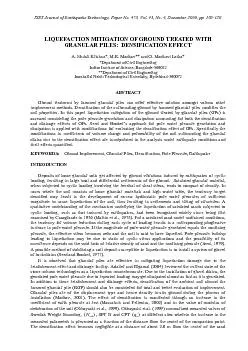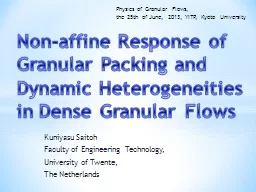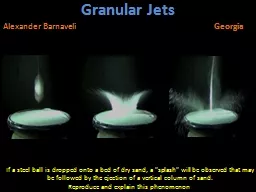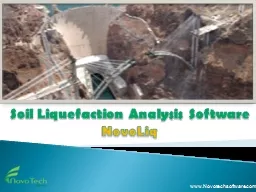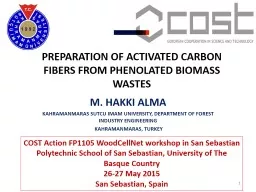PDF-LIQUEFACTION MITIGATION OF GROUND TREATED WITH GRANULAR PILES: DENSIF
Author : faustina-dinatale | Published Date : 2015-08-26
106 Liquefaction Mitigation of Ground Treated wcompaction piles SCPs but the increase depends on the fines content Figure 1 Densification by RGP causes increase
Presentation Embed Code
Download Presentation
Download Presentation The PPT/PDF document "LIQUEFACTION MITIGATION OF GROUND TREATE..." is the property of its rightful owner. Permission is granted to download and print the materials on this website for personal, non-commercial use only, and to display it on your personal computer provided you do not modify the materials and that you retain all copyright notices contained in the materials. By downloading content from our website, you accept the terms of this agreement.
LIQUEFACTION MITIGATION OF GROUND TREATED WITH GRANULAR PILES: DENSIF: Transcript
Download Rules Of Document
"LIQUEFACTION MITIGATION OF GROUND TREATED WITH GRANULAR PILES: DENSIF"The content belongs to its owner. You may download and print it for personal use, without modification, and keep all copyright notices. By downloading, you agree to these terms.
Related Documents

